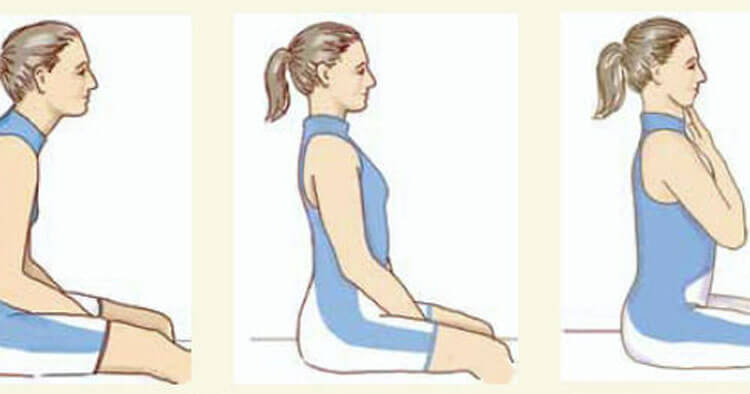Not All Bumps Are Dowager’s Humps
The presence of a significant “bump” at the base of your neck may indicate a Dowager’s hump. However, it is normal that the bones (spinous processes) of the vertebrae protrude somewhat at the base of your neck. This does not necessarily indicate you have a dowager’s hump, or kyphosis. An X-ray referred by your physiotherapist can help indicate, or refute the presence of a dowager’s hump.
How To Fix A Kyphosis
If you are diagnosed with a
dowager’s hump then there are frequently a number of factors in play. Factors that may be tweaked to improve the kyphosis causing the dowager’s hump.
- From releasing tight structures, such as the cervical and thoracic joints. And their associated soft tissues.
- To strengthening weak muscles vital in supporting the spine and shoulders.
Your physiotherapist will be able to guide you on which tissues to release and stretch. As well as which muscles need strengthening. A physio can help put in place some appropriate self management strategies.
Strengthening To “Fix” A Dowager’s Hump
If you have a “kyphosis”, then it is more than likely there will be weakness of the deep neck flexors. Your deep neck flexors are also known as the neck retractors. If these neck retractor muscles are weak it is very difficult to correct your posture. Challenging to both obtain a good head position, as well as sustain the corrected posture and fix any
neck hump. However, addressing something such as deep neck flexor weakness in isolation, is frequently not the absolute solution to correcting the kyphosis. Posture as a whole is the issue. Where generally the main postural variables when someone has a “neck hump” is the presence of:
- A hunched, rounded upper back/thoracic spine.
- Rounded, forward, rolled in shoulders.
- Forward, chin poking head posture.
These few things together place increased strain on the base of your neck, contributing to a neck hump. The correction of each problem listed above, and your posture as a whole is multifactorial. Your physiotherapist can help address these issues in their practice. Assisting by utilising some manual therapy techniques and prescription of a variety of in-clinic and home exercises to be carried out independently. The sooner issues are addressed the easier it is to exact change. Typically the longer a kyphosis and neck hump has been in place, the more difficult obtaining positive change can prove to be. So, if you feel you have a Dowager’s hump get your self assessed sooner, rather than later. So you can get a head start on your posture correction pathway.
Disclaimer: Sydney Physio Clinic provides this information as an educational service and is not intended to serve as medical advice. Anyone seeking specific advice or assistance on Improving Your Posture: Dealing With Kyphosis should consult his or her physiotherapist, general practitioner or otherwise appropriately skilled practitioner.


